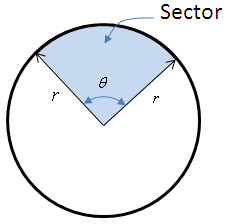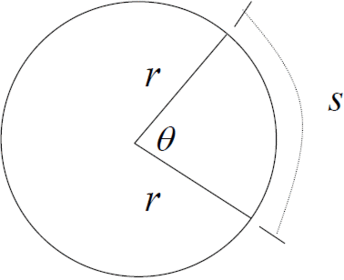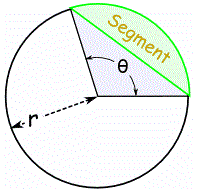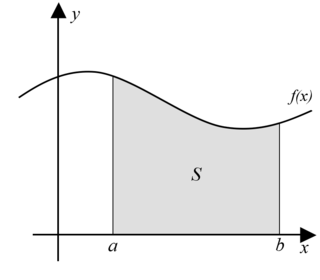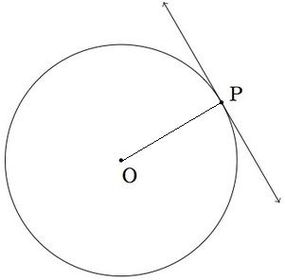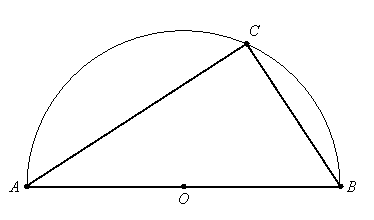Key facts and formulae which must be known for the Edexcel Core 2 examination.
Pinned to
138
13
0
No tags specified
|
|
Created by Daniel Cox
over 8 years ago
|
|
|
|
Copied by Daniel Cox
over 8 years ago
|
|
Close

